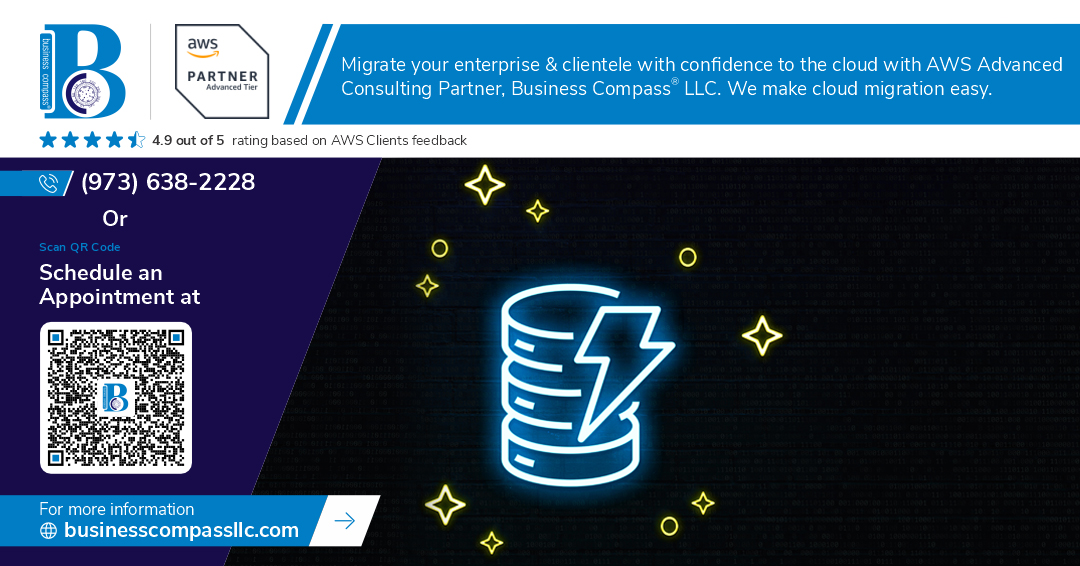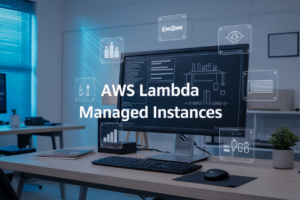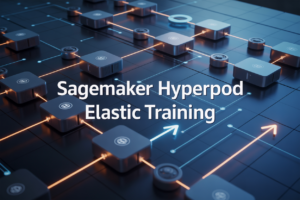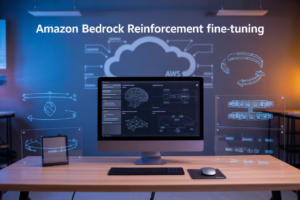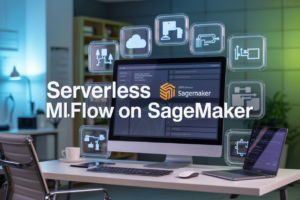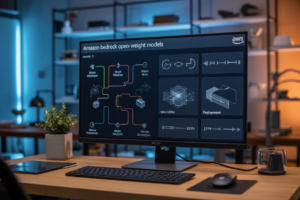Ever spent hours battling mock services for your Spring Boot tests, only to have everything break in production anyway? Yeah, me too. It’s the special kind of frustration reserved for SDETs who just want reliable test environments.
What if you could test against actual AWS services without the AWS bill? That’s where LocalStack for SDETs comes in—giving you real DynamoDB functionality right on your machine.
You’ll build integration tests for Spring Boot applications with DynamoDB that actually reflect production behavior. No more “works on my machine” syndrome.
But here’s what most testing tutorials won’t tell you about LocalStack: it’s not just about mimicking services—it’s about completely transforming your testing workflow in ways you haven’t even considered yet.
Understanding LocalStack for Test Automation
A. What is LocalStack and why it matters for SDETs
Ever tried testing AWS services without burning through your cloud budget? That’s where LocalStack shines. It’s an open-source tool that creates a fully functional local AWS environment on your machine. For SDETs (Software Development Engineers in Test), this means testing AWS integrations without internet connections, subscription costs, or complex setups.
B. Benefits of using LocalStack in testing environments
Testing with real AWS services is like bringing an elephant to a dinner party—expensive, slow, and unnecessarily complex. LocalStack strips away these headaches by:
- Slashing costs—no more AWS bills for test environments
- Speeding up tests dramatically
- Working offline, perfect for travel or spotty connections
- Creating consistent testing environments across the team
C. Comparing LocalStack to other testing approaches
| Approach | Speed | Cost | Complexity | Reliability |
|---|---|---|---|---|
| Real AWS | Slow | High | Complex | Depends on connectivity |
| Mocking | Fast | Free | Simple | Low fidelity |
| LocalStack | Fast | Free | Medium | High fidelity |
Mock services are quick but fake. Real AWS is real but painful. LocalStack? The sweet spot between them.
D. Key features for Spring Boot application testing
When you’re testing Spring Boot apps with DynamoDB dependencies, LocalStack is your new best friend. It handles persistence operations just like the real thing, supports Spring profiles for test/prod separation, and integrates smoothly with JUnit. Plus, it’s container-ready for your CI/CD pipeline.
Setting Up Your LocalStack Environment
Installation and configuration basics
Getting LocalStack up and running isn’t rocket science. You’ve got two main options: install it via pip with pip install localstack or pull the Docker image using docker pull localstack/localstack. For SDETs working with Spring Boot and DynamoDB, Docker’s usually your best bet since it keeps everything neatly containerized.
Docker integration options
Docker makes LocalStack deployment straightforward. Create a simple docker-compose.yml file that defines your LocalStack container and any needed services. Need DynamoDB for your Spring Boot tests? Just add it to your services list and map the ports. This approach keeps your testing environment consistent across your team.
AWS CLI configuration for LocalStack
Point your AWS CLI to LocalStack by setting the endpoint URL flag: aws --endpoint-url=http://localhost:4566. Create a dedicated profile in your ~/.aws/config file with custom endpoints to switch between real AWS and LocalStack effortlessly. Your Spring Boot tests will thank you for this clean separation.
Troubleshooting common setup issues
Network problems? Check your port mappings and firewall settings. Services not starting? Verify you have enough memory allocated to Docker. Can’t connect from Spring Boot? Ensure you’re using the correct endpoint URLs. Most issues boil down to network configuration or resource constraints that are quick to fix.
Environment variables and configurations
Control LocalStack behavior with environment variables in your docker-compose file. Set SERVICES=dynamodb,s3 to load only what you need. Use DEBUG=1 for verbose logging when troubleshooting. For Spring Boot integration, configure your application.properties with amazon.dynamodb.endpoint=http://localhost:4566.
Spring Boot and LocalStack Integration
Configuring Spring Boot for LocalStack compatibility
Ever tried testing AWS services locally? It’s a pain. LocalStack changes that game entirely. Add the right dependencies, point your Spring Boot app to LocalStack’s endpoints, and you’re golden. No more waiting for AWS responses or burning through free tier quotas during development.
Setting up test profiles
DynamoDB Testing with LocalStack
DynamoDB Testing with LocalStack
A. Creating DynamoDB tables programmatically
Ever tried setting up DynamoDB tables for testing? It’s a breeze with LocalStack. Just a few lines of code and your table springs to life:
CreateTableRequest request = new CreateTableRequest()
.withTableName("Users")
.withKeySchema(new KeySchemaElement("userId", KeyType.HASH))
.withAttributeDefinitions(new AttributeDefinition("userId", ScalarAttributeType.S))
.withProvisionedThroughput(new ProvisionedThroughput(5L, 5L));
amazonDynamoDB.createTable(request);
Advanced Testing Patterns
Advanced Testing Patterns
Integration Testing Strategies
Want to level up your LocalStack testing game? Focus on real-world scenarios, not just isolated units. Create comprehensive test suites that mimic actual user journeys through your Spring Boot and DynamoDB setup. Chain multiple AWS operations together to reveal those sneaky integration issues that simple tests miss.
Implementing Test Containers
Test containers are game-changers for LocalStack testing. They spin up isolated environments in seconds, making your tests truly independent. No more “works on my machine” headaches! With Docker containers orchestrating your LocalStack instance, you’ll get consistent results across dev machines and CI pipelines.
Handling Asynchronous Operations
DynamoDB operations not playing nice with your test timing? Ditch those arbitrary sleep statements. Instead, implement proper waiters, CompletableFutures, or reactive patterns. For complex event flows, consider using LocalStack’s event bridge functionality to properly test your asynchronous processing logic.
Performance Testing Considerations
LocalStack isn’t just for functional testing. Set up performance baselines by measuring latency on local DynamoDB operations. Compare response times between different query patterns to optimize your data access. Just remember—your production AWS performance will differ, so focus on relative improvements rather than absolute numbers.
CI/CD Integration
CI/CD Integration
A. Incorporating LocalStack in your CI pipeline
Integrating LocalStack into your CI pipeline isn’t rocket science. You’ll need to start the LocalStack container before your tests run and shut it down afterward. Most CI platforms support Docker, making this process straightforward with a few configuration lines. The magic happens when your tests run against these local AWS services without hitting your wallet.
B. GitHub Actions configuration examples
jobs:
test:
runs-on: ubuntu-latest
steps:
- uses: actions/checkout@v2
- name: Start LocalStack
run: docker-compose up -d localstack
- name: Run tests
run: ./mvnw test
- name: Stop LocalStack
run: docker-compose down
This simple workflow starts LocalStack, runs your tests, and cleans up afterward. No AWS credentials needed, and your tests run in a completely isolated environment.
C. Jenkins pipeline integration
pipeline {
agent any
stages {
stage('Start LocalStack') {
steps {
sh 'docker-compose up -d localstack'
sh 'sleep 10' // Give LocalStack time to initialize
}
}
stage('Test') {
steps {
sh './mvnw test'
}
}
}
post {
always {
sh 'docker-compose down'
}
}
}
Jenkins pipelines can be configured to manage LocalStack’s lifecycle, ensuring clean test environments for each build.
D. Managing test data across CI/CD environments
Your test data shouldn’t be a wild card in your CI/CD process. Create initialization scripts that populate LocalStack with consistent test data before your tests run. Store these scripts in your repo alongside your tests. This approach ensures everyone on your team runs against identical data, eliminating those annoying “works on my machine” moments.
Real-world Testing Scenarios
Testing microservices with DynamoDB dependencies
Let’s cut to the chase – mocking AWS is hard, especially with complex DynamoDB operations. LocalStack shines here by letting you test real microservice interactions without the AWS bill. You can verify your Spring Boot services handle DynamoDB operations correctly, test transaction rollbacks, and simulate network partitions with just a few config tweaks.
Simulating AWS service failures
Mastering LocalStack for test automation transforms how SDETs work with AWS services in their Spring Boot applications. By implementing a properly configured LocalStack environment, you can create reliable DynamoDB integration tests that run quickly and consistently without incurring cloud costs. The advanced testing patterns and CI/CD integration approaches discussed provide a robust framework for ensuring your applications work flawlessly before deployment.
Take the next step in elevating your test automation strategy by incorporating LocalStack into your development workflow today. Whether you’re handling simple data validations or complex failure scenarios, LocalStack equips you with the tools to build confidence in your Spring Boot applications. Your team will appreciate the faster feedback cycles, and your organization will benefit from the reduced cloud expenses while maintaining comprehensive test coverage.










